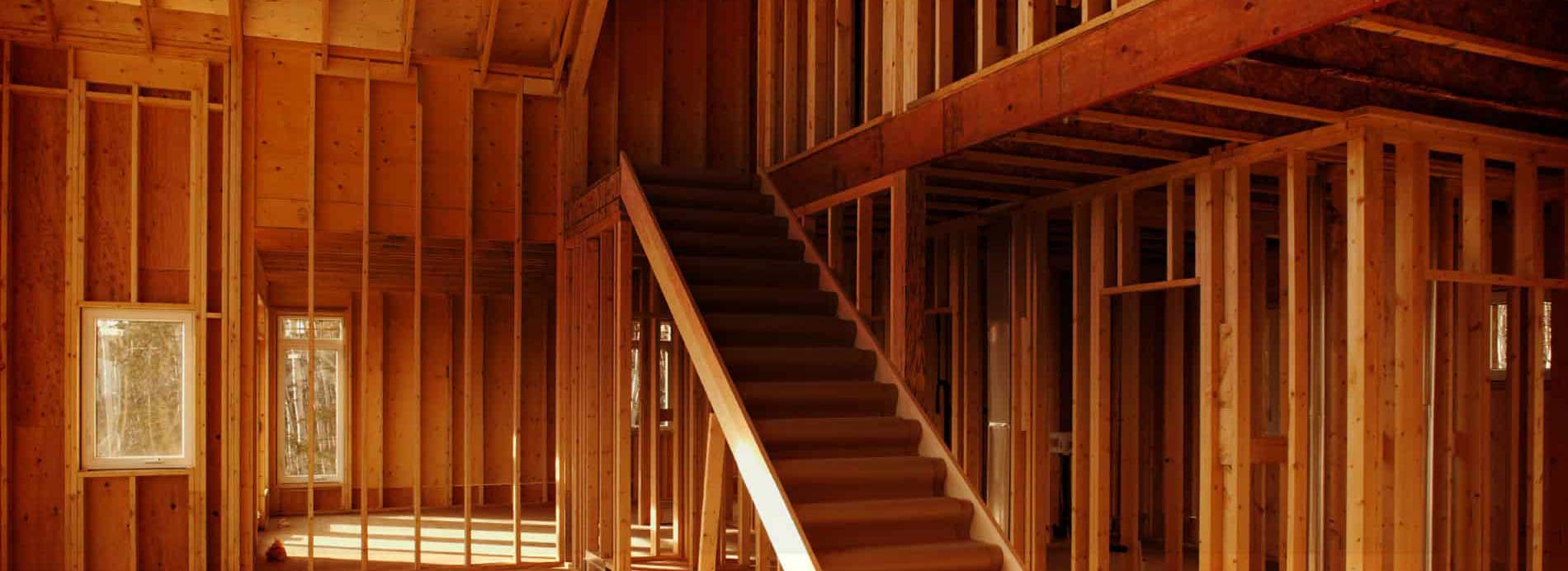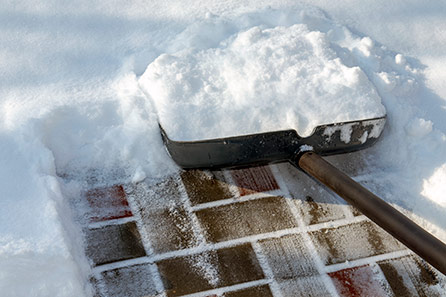Winter Construction Safety
Construction doesn’t take a break in the winter and for part of the country, that may mean snow, ice, blustery wind, and bitterly cold temperatures. Be sure to prepare your crew for extreme temperatures and the potential additional dangers winter poses on job sites.
Generally speaking, it’s imperative to walk the job site every day and check for threats. Keep an eye on work platforms, sidewalks, scaffolds, stairs, and ladders that will easily ice over. Don’t forget to look up. Icicles will need to be removed (or if not possible, rope off the area) to prevent potential injury.
Snow removal is also a huge factor in job site safety that must be considered. Every year, OSHA reports that workers are killed or seriously injured while removing snow or ice from rooftops. Chances of falling off roof edges, through skylights, from ladders, or aerial lifts due to winter conditions surge without proper planning, training, and fall protection equipment.
Special attention is also needed for the crew themselves. Being exposed to winter elements every day can take a harsh toll on the human body. It increases the risk of cold stress, such as frostbite, trench foot, and hypothermia. Take care of yourself and each other. Recognizing symptoms early is critical to protecting further damage or harm or even death. To combat the problematic winter conditions, consider these tips:
-Proper clothing and gear should be based on the duration of activity and weather. Layers are also a good idea. Start with a moisture-wicking base layer, followed by an insulating layer, then topped off with a water-resistant shell. Waterproof insulated boots are key, along with warm socks, hats, and gloves with grips so tools don’t slip.
-Although frowned upon, staying away from coffee or other caffeinated beverages will actually help in winter conditions. Caffeine increases the heart rate, making workers feel falsely warm. It’s best to hydrate simply with water.
-A warm break area is necessary to shield the crew from the elements and warm up. A heated trailer or a tent with portable heaters are typical, however, safety procedures should always be followed when using these heating devices.
Remaining safe on construction sites in winter means being proactive about hazards. Plan ahead, use common sense, and always be cognizant for a safe and warm winter!






